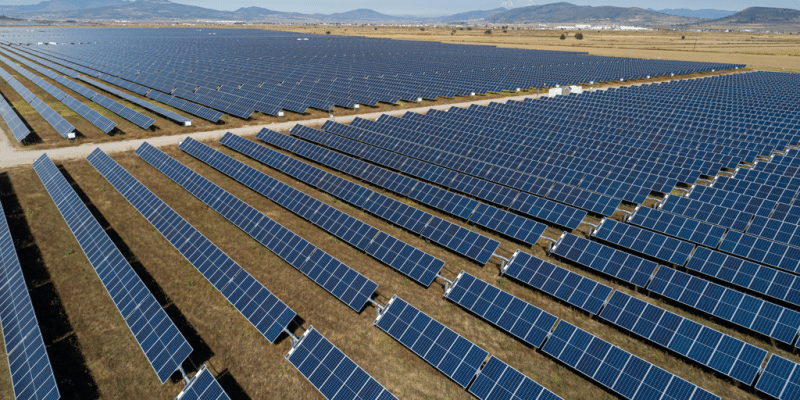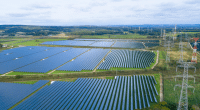The solar energy market in Africa grew in 2023. The continent recorded new installed capacity of 3.7 GW. So says the annual report from the African Solar Industry Association (AFSIA).
Africa’s installed solar capacity now stands at 16 GW. That’s according to the annual report of the African Solar Industry Association (AFSIA). In 2023, African countries were able to deploy 3,745 MWp of photovoltaic solar power. A record indeed, but a capacity that contrasts with global achievements, where 350 GW of solar power were developed by 2023.
The African continent as a whole, for example, lags far behind China, with an installed capacity approaching 150 GW in 2023, according to a model produced by research firm Rystad Energy. Nevertheless, Africa has made significant progress compared to 2022, with an increase of 19% according to the Afsia report. The document also provides information on the main growth poles in the solar energy market, notably South Africa.
Growth driven by South Africa
South Africa is by far the leading solar power producer in Africa, with an installed capacity of 7,781 MW (excluding residential installations), well ahead of Egypt, ranked second, thanks to its Benban solar complex (1.65 GW) in the governorate of Aswan. In fact, in 2023, 9% of all new capacity installed was in South Africa (almost 3,000 MWp out of a total of 3,745 MWp). At least 65% of this capacity was installed for businesses. And this trend is set to accelerate, since the authorities now allow companies to develop renewable energy capacity ranging from 0 to 100 MW without prior approval from the regulator.
Read also- CAR: the country’s second photovoltaic solar power plant (25 MWp) is inaugurated at Danzi
These massive investments are linked to the need for an energy transition in this southern African country, which produces almost 80% of its electricity from thermal power plants. Added to this is the load shedding that has intensified in recent months due to the obsolescence of coal-fired power plants. This situation led the South African Department of Energy and Mineral Resources to launch the Risk Mitigation Independent Power Producers Procurement Program (RMIPPPP), which has already enabled the delivery of several solar power plants in South Africa.
New players
In addition to South Africa, a number of other African countries are planning large-scale solar power plants in 2023. The Central African Republic (CAR), for example, has two solar power plants with a combined capacity of 40 MWp. Other countries include Burkina Faso (92 MWp), Mauritania (84 MWp), Kenya (69.5 MWp) and Niger (30 MWp). This is a sector to watch in 2024, especially in Egypt, where IPPs are preparing to commission new solar farms, including the 200 MWp Kom Ombo project.
There’s also the solar mini-grid sector, which should have a major impact on the continent’s electricity mix and enable electrification in countries such as the Democratic Republic of Congo (DRC) and Nigeria, with the support of leading investors such as the World Bank and French Development Agency(AFD).
Jean Marie Takouleu





